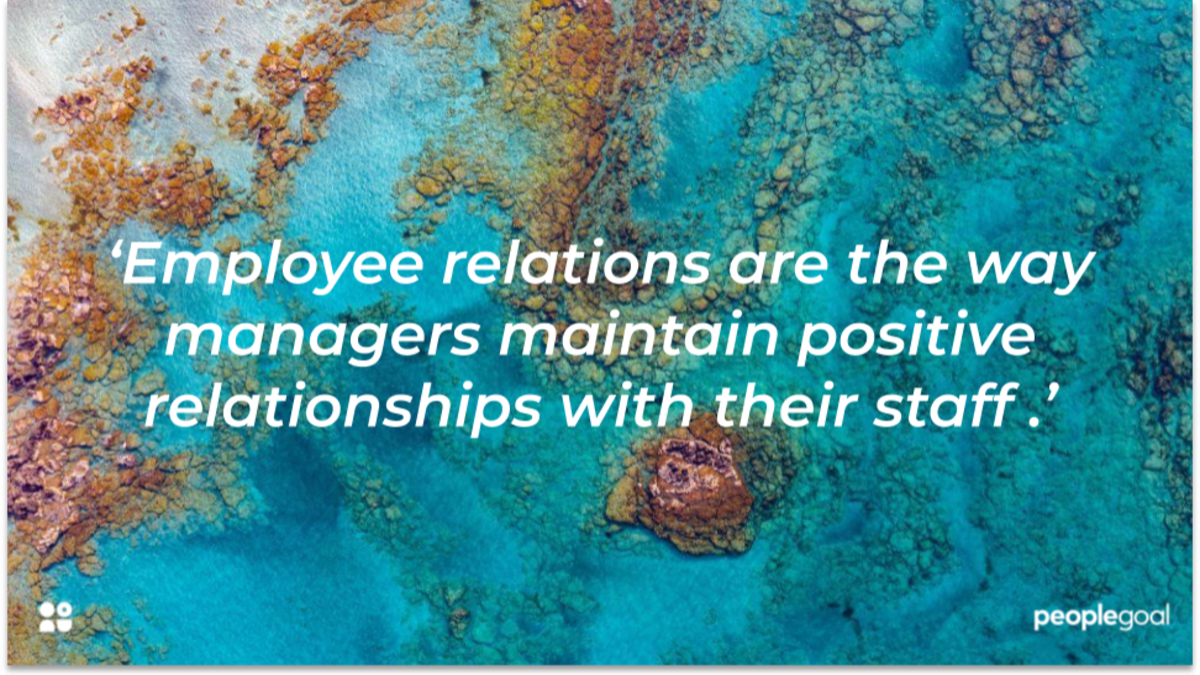Employee relations are the relationship between an employer and an employee. By improving these relations you will gain a better understanding of how to create and maintain positive employee relations in your workplace. Which is key to having a more engaged, and better-performing workforce.
Employee relations has grown out of the field of industrial relations which as a whole focused on the collective relationship between employees and their shared employer. Although there is some overlap and unions continue to be an important means of interaction for some employers. Employee relations are more focused on the individual connection between one employee and their employer.
More specifically, when we speak of employer relations we’re really referring to is the effort and actions an employer takes to develop and maintain positive relationships with their employees.
The Base of Employee Relations
Employees agree to work for a given salary and/or benefits, so also have contractual relationships with their employer. The employer agrees to furnish these benefits as well other protections as prescribed by local law. This is however the bare minimum of a relationship and with increased competition for high-quality talent and higher expectations from potential employees, it’s more important than ever to focus on employee relations.
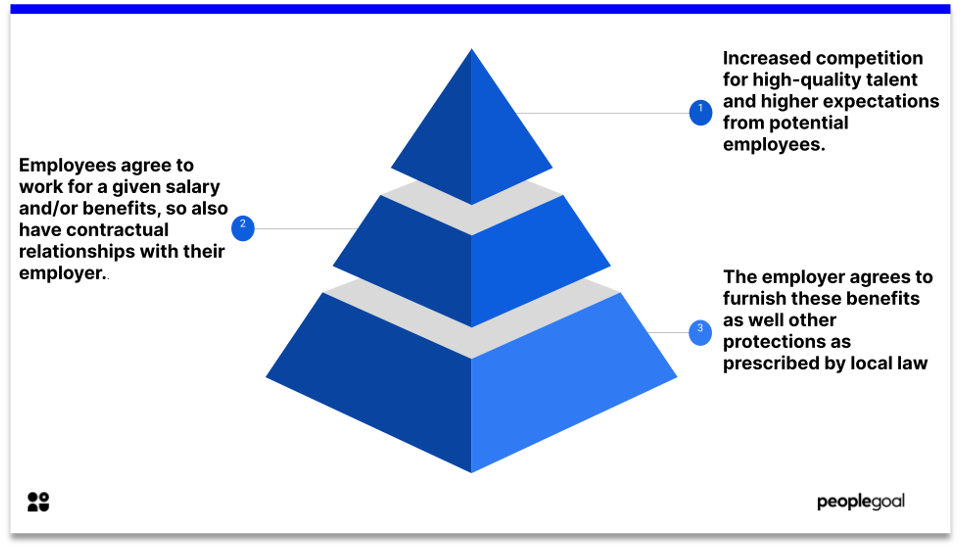
The Key to Effective Employee Relations Program
It’s often the case that much of the responsibility to create positive relations falls upon the line manager or the Human Resources Department. While it’s true that managers are in many cases the face of an organization and the most important factor that influencing how employees feel about the company, sending managers in solo is not a sustainable solution.
An effective employee relations program is dependent on both awareness and support from top leadership to empower managers as well. To that end, here are 5 key areas to consider when reviewing your approach to employee relations
5 Steps to Build Positive Employee Relations in Your Organization
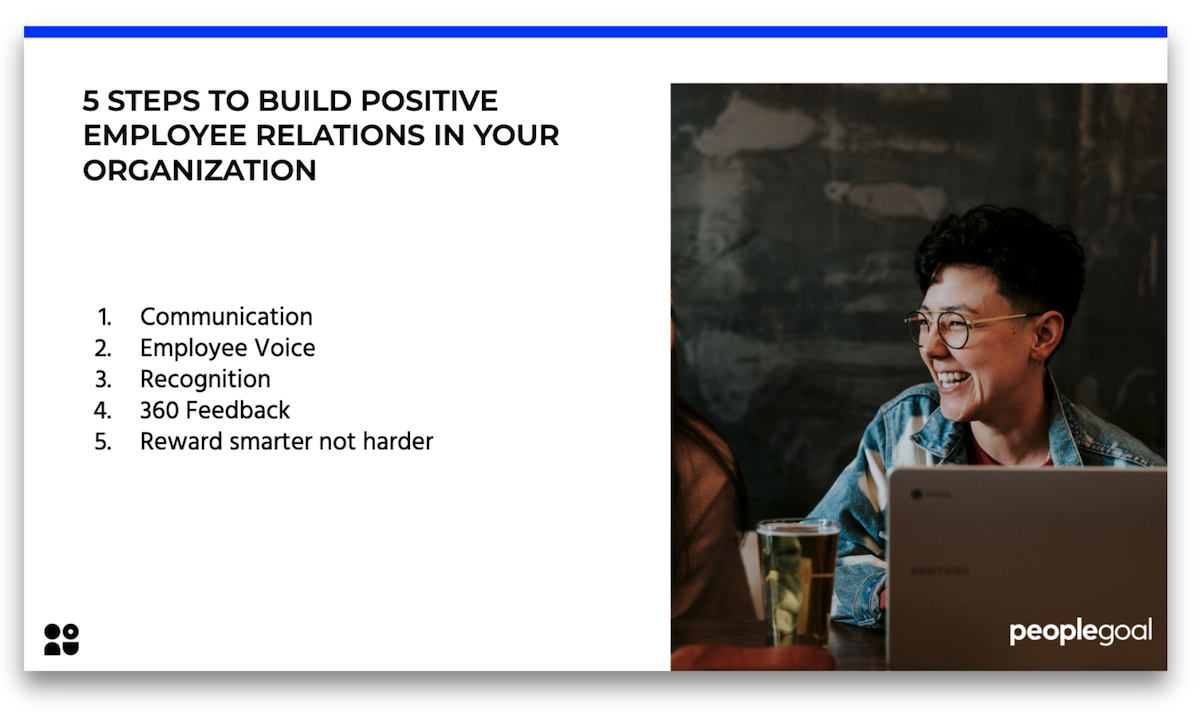
1. Communication
Communication is key to any relationship, and employee relations are no exception. When we communicate the company mission, vision, and strategy we give everyone the chance to get on board and cement our resolve to work towards a common goal.
When we communicate our successes and failures as well as current initiatives, we establish transparency and a culture when we don’t fear failure but continue to aspire for excellence. By communicating often, at a company, department, team, and manager level we open the door to a positive relationship with informed, knowledgeable, and engaged employees.
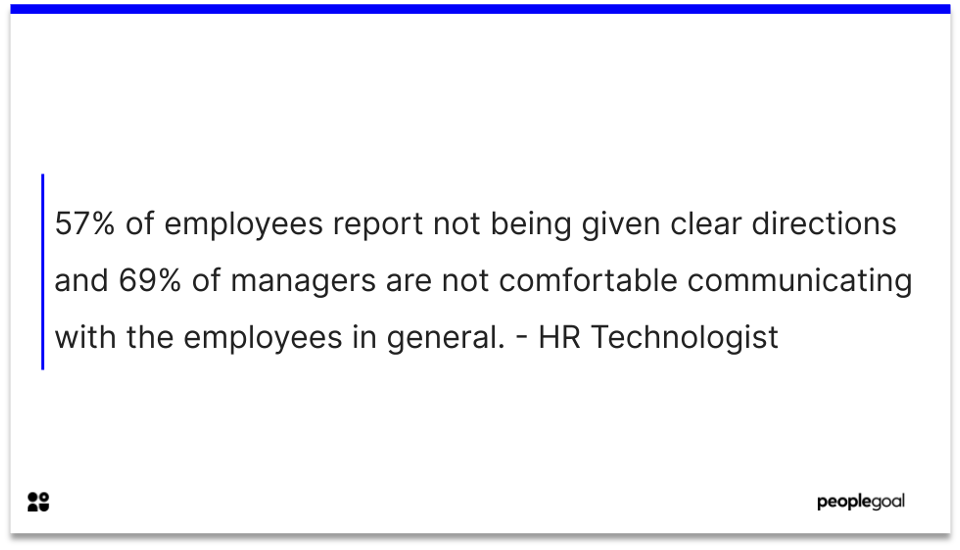
According to research by the HR technologist, 57% of employees report not being given clear directions and 69% of managers are not comfortable communicating with the employees in general. This is extremely concerning considering all the benefits strong communication in the workplace provides for your employee relations.
2. Employee Voice
Half of communication is listening, and if employees feel there is an uneven balance and their opinions can’t be heard the relationship will sour. Creating a culture where employees have a voice doesn’t mean conceding to every request. But creating such a rapport with employees does require the process to voice complaints and suggestions without fear of reprisal and a system to review and respond to such concerns – even if the answer is no.
3. Recognition
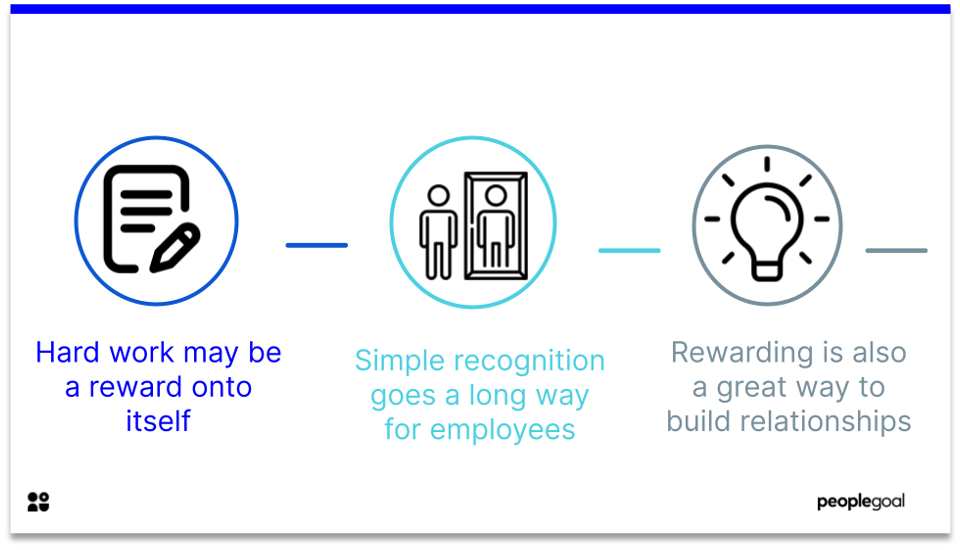
While hard work may be a reward in itself, simple recognition can go a long way to building a positive relationship with employees. Recognition shows that we value the success of everyone. Research has shown that employee recognition was most important to 37% of employees.
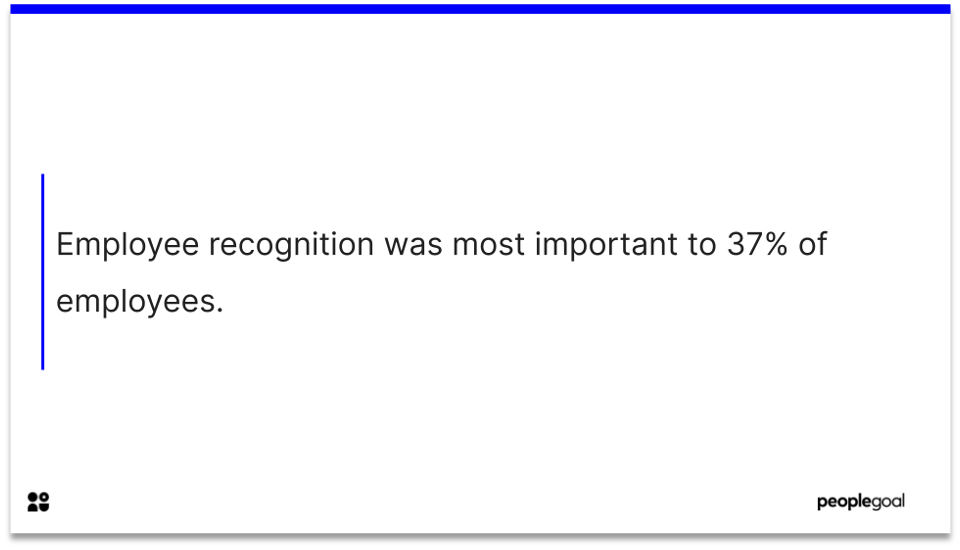
If you think it might prove difficult to create effective recognition systems, consider an online system that allows for spontaneous recognition and tracking and even links to rewards programs. Enabling managers to have the resources and focus to recognize direct reports who excel at their role can motivate teams even when organization-wide systems may fall short.
4. 360 Feedback
Closely linked to communication is feedback. Feedback is specific to what we’ve done well and what we can aspire to achieve. A positive 360 feedback culture is an environment where employees actively seek out feedback because they realize it can be positive as well as constructive.
Good feedback is also timely and gives your employees time to process and act on it. 360 feedback entails a bottom-up approach and gives your employees the ability to find their voice and suggest solutions you might not be able to identify alone.
Have a look at PeopleGoals 360 feedback app and see how we can help you automate and simplify this process.
5. Reward smarter, not harder
Rewards don’t have to be explicitly linked to recognition or be of high monetary cost. Benefits, perks, or rewards that are offered to employees need to make sense of who they are. Read: don’t give out Starbucks gift cards to employees who don’t drink coffee.
Consider systems that offer flexibility and multiple options for rewards. Crowdsourcing suggestions for rewards can also help everyone feel like they have a say in their workplace. Therefore, reward smarter, not harder.
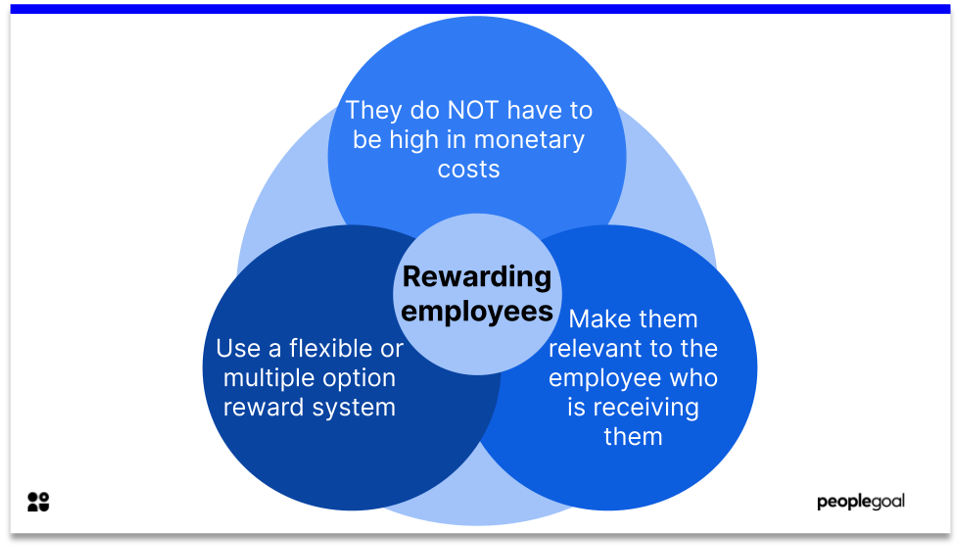
A study showed that 88% of employees agree that it’s important that employers reward employees for great work.
Not only that, a Gallup study showed that a lack of recognition remains one of the most common reasons why employees leave an organization.
Employee Relations: Our final thoughts
Employee relations are a strategic issue that requires attention from leadership, Human Resources, and line managers. Ultimately, the better the relationship you can cultivate with employees, the more buy-in, engagement, and productivity you will get in return.
For more information on cultivating employee relations, review the CPID factsheet here.
Build any HR process on PeopleGoal.
Get your free personalized demo from one of our team members today.
EmailCompanyHow many employees in your company?Book your demo
Ready to 3x Your Teams' Performance?
Use the best performance management software to align goals, track progress, and boost employee engagement.


